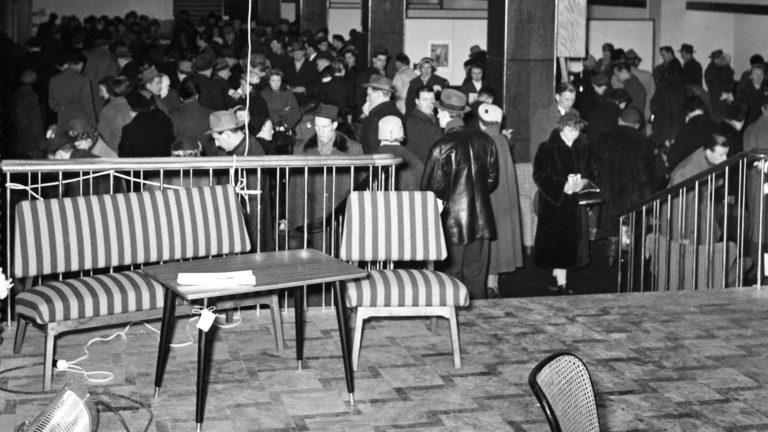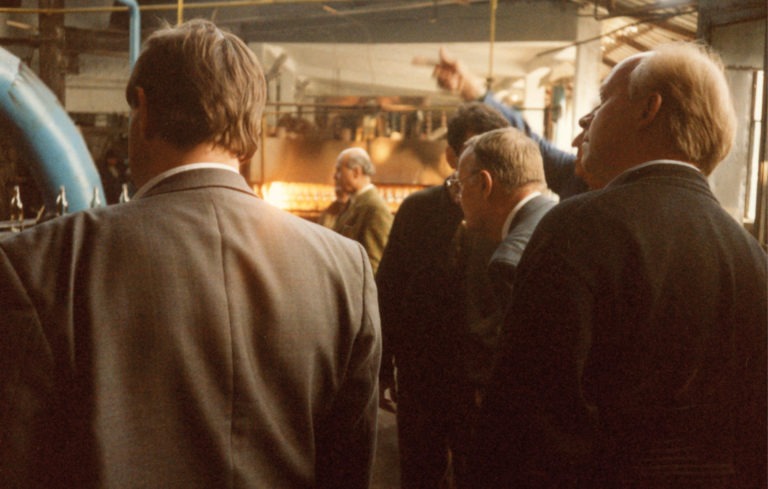To get round the boycott instigated by the Swedish furniture retailers association in the mid-1950s, Ingvar Kamprad had to think creatively. He had already formed Ikano to make purchases through a separate company, but that wasn’t enough. He also needed support with purchasing. Ingvar had been alone in the purchasing department right from the start, but in 1959 he employed Ragnar Sterte to head it up. Sterte faced a tough task, with not only a boycott but also growing demand that needed to be met immediately. Who might deliver furniture to the new player from Småland? In Sweden, only a few suppliers dared to break the industry’s boycott and their production capacity was not enough. Because even though the industry was trying to stop IKEA, the company was growing in popularity.
Alongside the new head of purchasing Sterte, Ingvar hunted high and low for new capacity. First they went to Denmark where they built up a small network of suppliers, but that did not cover the volumes they needed. In 1960, Ingvar read that the Polish Foreign Trade Minister, Professor W. Trampczynski, was going to visit the Stockholm Chamber of Commerce. Poland was looking for business with Swedish companies. Could this be an opportunity for IKEA? Ingvar wrote a letter to the minister, and received a reply a couple of months later: Welcome to Poland!
In January 1961 Ingvar Kamprad travelled to Warsaw with his father Feodor Kamprad, head of purchasing Ragnar Sterte and designer Bengt Ruda, for a week full of meetings and factory visits. But imagine their disappointment when representatives of the Polish foreign trade organisation for furniture did not allow them access to any factories. But one of the managers, Marian Grabinski, quickly arranged permission, and the next day the group visited a chair factory in Radomsko. It turned out that Poland could offer even better business opportunities than Ingvar could have hoped, and they bought chairs, tables and furniture fabrics. A new universe opened up, both for IKEA and for the Polish furniture industry.






